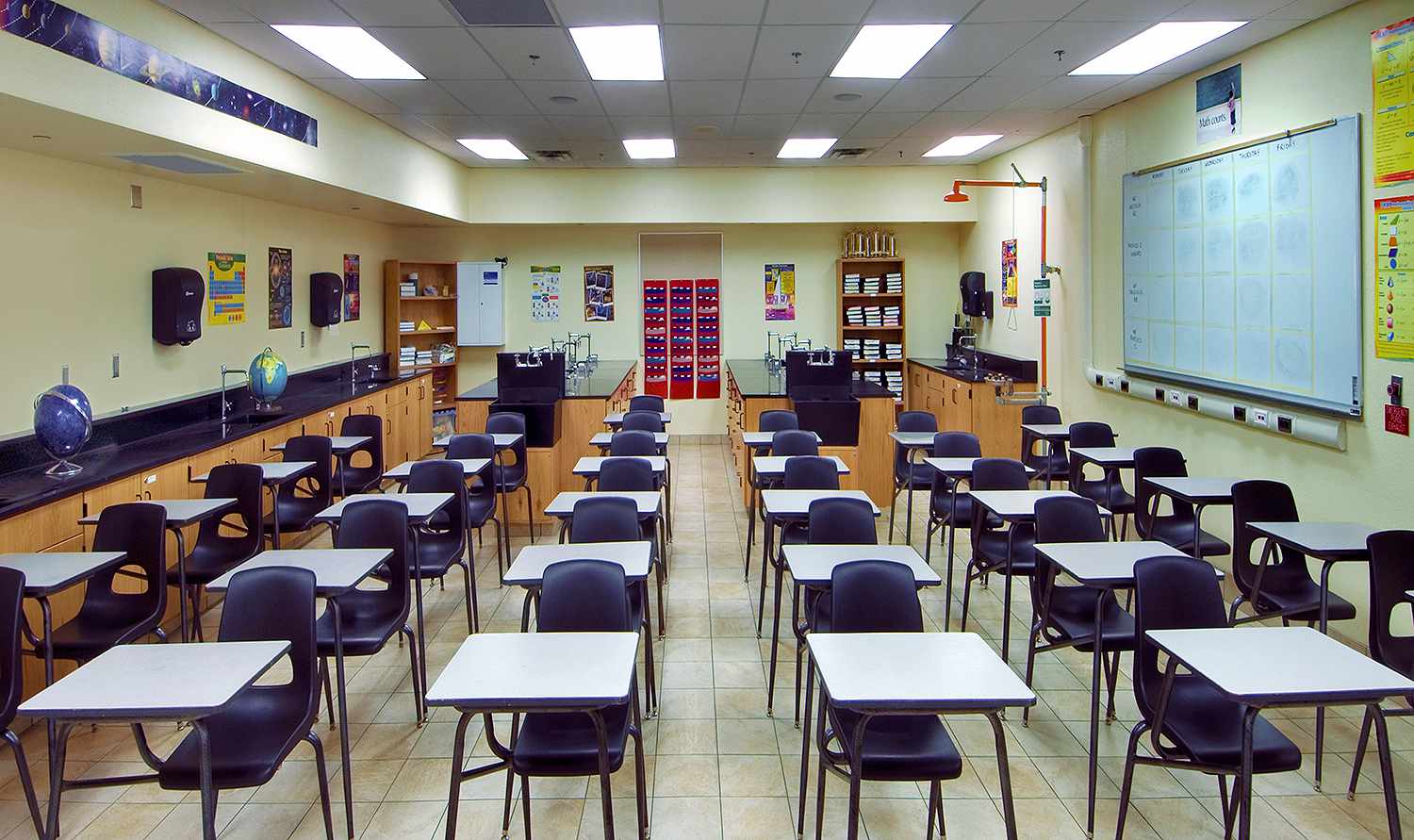
Closing schools across most of the U.S. in March, at the start of the COVID-19 pandemic, likely reduced infections by 1 million and saved more than 40,000 people from dying due to the virus, a new study found.
Early in the pandemic, when it was unknown if children could contract or spread COVID-19, school officials hesitated to close schools out of concern that they would miss out on valuable learning time and parents would be unable to care for them at home. But by closing schools, administrators significantly helped to lower the death rate and case totals, the researchers, from Cincinnati Children's Hospital Medical Center, the University of Cincinnati and the Pediatric Research in Inpatient Settings Network in Ohio, found.
The researchers compared the real number of cases and deaths from the first six weeks of school closures to a computer model of the estimated infection spread if nothing in the U.S. had shutdown. From there, they calculated how long it would take for the virus to transmit in schools and lead to hospitalizations and deaths.
They found that closing schools “may have been associated with approximately 1.37 million fewer cases of Covid-19 over a 26-day period and 40,600 fewer deaths over a 16-day period.” Areas that closed schools early, even if there was a low rate of infection, saw a faster decline in likely cases compared to places that waited to stop classes and had a higher infection rate, according to the study, published in the journal JAMA on Wednesday.
The researchers cautioned, though, that the study does not show cause and effect and “these figures do not account for uncertainty in the model assumptions and the resulting estimates.”
And as school districts debate over whether to reopen in the fall, the study authors emphasized that their model is based on classrooms without any of the safety precautions recommended for reopening.
“At the time, there wasn’t any masking in schools, there wasn’t physical distancing, there wasn’t an increase in hygiene and that sort of thing,” Dr. Katherine Auger, an associate professor of pediatrics at Cincinnati Children’s Hospital and the lead author of the study, told The New York Times. “The findings of our studies took place before any of those measures were in.”
The Centers for Disease Control released guidelines this spring about how to reopen schools while reducing the risk of added COVID-19 spread. They advised having students wear masks and sit at desks 6 feet apart, which is not physically possible for many overcrowded schools. Other recommendations include having students alternate between online and in-person learning, as New York City schools plan to do. Some districts are also exploring outdoor learning options.
The CDC’s recommendations, however, went against President Donald Trump’s insistence that all schools reopen “100 percent,” or risk losing federal funding. After Trump and Vice President Mike Pence criticized the CDC’s guidelines, the public health agency changed them.
The American Association of Pediatrics supports reopening schools where possible, to continue “fundamental” learning, socializing and emotional support that children have lost since the start of the pandemic. But the group said it is “critically important” to consider the level of viral transmission in each school district before reopening, and to enact physical distancing, mask-wearing, high levels of hygiene and testing for possible COVID-19 cases to protect not just students, but teachers and parents.
Samir Shah, the director of hospital medicine at Cincinnati Children’s Hospital Medical Center and one of the authors of the paper, said that while the number of lives saved based on their data is “mind-boggling,” it’s harder to calculate the loss of learning.
“We can quantify the risk of COVID. It’s much harder to quantify the risk of being absent from school for a prolonged period of time,” he told Stat. Deciding whether to reopen schools, he said, is “a real challenge, and I think that our study is one very important piece of the puzzle in how we think about this.”
As information about the coronavirus pandemic rapidly changes, PEOPLE is committed to providing the most recent data in our coverage. Some of the information in this story may have changed after publication. For the latest on COVID-19, readers are encouraged to use online resources from CDC, WHO, and local public health departments. PEOPLE has partnered with GoFundMe to raise money for the COVID-19 Relief Fund, a GoFundMe.org fundraiser to support everything from frontline responders to families in need, as well as organizations helping communities. For more information or to donate, click here.
Source: Read Full Article
